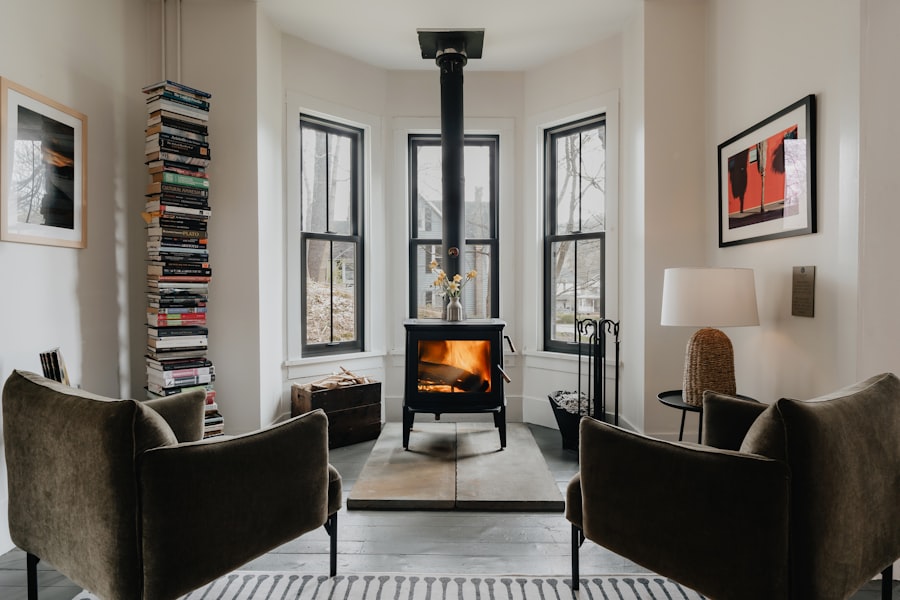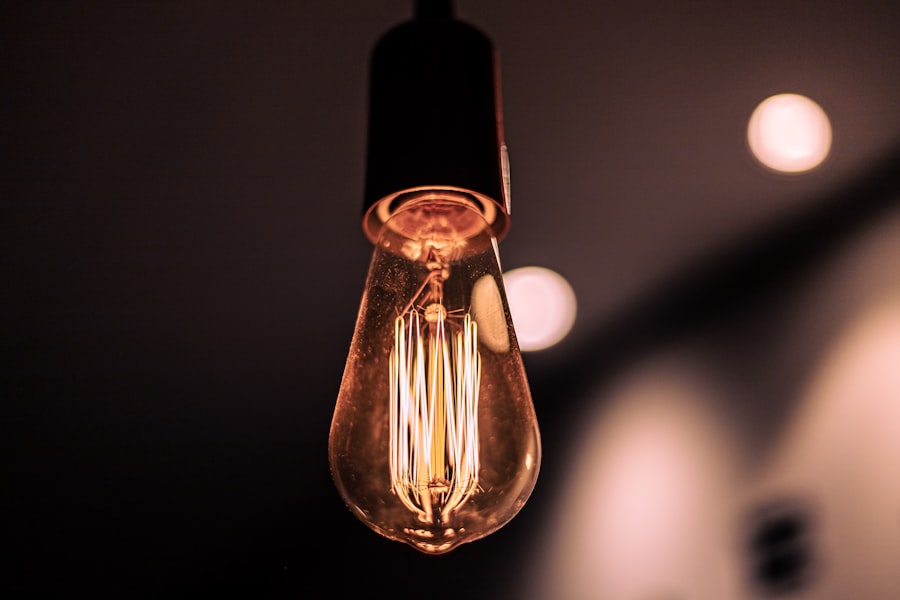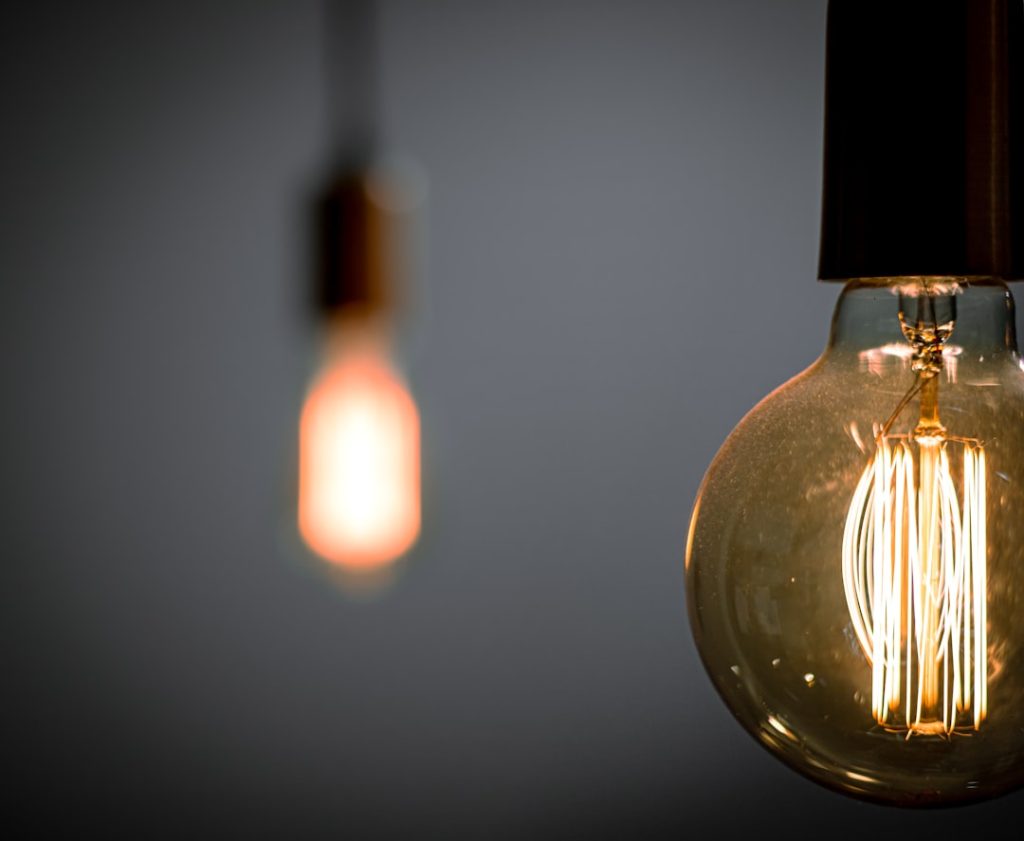Heat is essential for the survival and development of newly hatched chickens, commonly referred to as chicks. Upon hatching, chicks lack the ability to regulate their body temperature independently and must rely on external heat sources. Insufficient heat can result in hypothermia, potentially leading to illness or mortality in chicks.
Providing an appropriate heat level is crucial for maintaining the health and well-being of baby chickens. Heat serves multiple purposes beyond temperature regulation in chicks. It stimulates their growth and development by encouraging feeding and drinking behaviors, which are vital for their overall health and maturation.
Additionally, warmth promotes feather development, a critical process that enables chicks to regulate their body temperature as they mature. Without adequate heat, chicks may experience stunted growth and fail to reach their full developmental potential.
Table of Contents
- 1 Recommended Temperature for Baby Chickens
- 2 Duration of Heat for Different Stages of Development
- 3 Signs that Baby Chickens are Ready to be Weaned off Heat
- 4 Risks of Keeping Heat on Baby Chickens for Too Long
- 5 Tips for Gradually Decreasing Heat for Baby Chickens
- 6 Monitoring and Adjusting Heat for Baby Chickens
- 7 FAQs
- 7.1 How long should I keep heat on baby chickens?
- 7.2 What temperature should the heat be for baby chickens?
- 7.3 What type of heat source should I use for baby chickens?
- 7.4 What are the signs that baby chickens no longer need heat?
- 7.5 Are there any exceptions to the recommended time frame for keeping heat on baby chickens?
Key Takeaways
- Heat is crucial for the survival and growth of baby chickens, as they are unable to regulate their body temperature effectively.
- The recommended temperature for baby chickens is around 95°F for the first week, decreasing by 5°F each week until they are fully feathered.
- The duration of heat for different stages of development varies, with chicks needing heat for the first 6 weeks of life and then gradually being weaned off as they grow feathers.
- Signs that baby chickens are ready to be weaned off heat include active foraging, feather growth, and the ability to maintain body temperature without huddling.
- Keeping heat on baby chickens for too long can lead to overheating, stunted growth, and dependency on heat, making it difficult for them to adjust to natural temperatures.
- Gradually decreasing heat for baby chickens can be done by raising the heat lamp each week and providing a cooler area for them to retreat to.
- Monitoring and adjusting heat for baby chickens is essential, as changes in weather and the chicks’ behavior can affect their heat requirements.
Recommended Temperature for Baby Chickens
Temperature for Newly Hatched Chicks
The recommended temperature for baby chickens varies depending on their age. For newly hatched chicks, the temperature should be kept at around 95 degrees Fahrenheit (35 degrees Celsius).
Gradual Temperature Decrease
As the chicks grow older, the temperature can be gradually decreased by 5 degrees Fahrenheit (2-3 degrees Celsius) each week until they are fully feathered and able to regulate their own body temperature.
Temperature Tolerance at 6 Weeks
By the time the chicks are 6 weeks old, they should be able to tolerate temperatures as low as 70 degrees Fahrenheit (21 degrees Celsius) without the need for supplemental heat. It’s important to note that these temperature recommendations are just a general guideline and may need to be adjusted based on the specific needs of the chicks and the environmental conditions. Factors such as the breed of the chicks, the size of the brooder, and the ambient temperature of the surrounding area can all impact the ideal temperature for baby chickens.
Duration of Heat for Different Stages of Development

The duration of heat required for baby chickens varies depending on their stage of development. For newly hatched chicks, it’s crucial to provide them with a constant source of heat for the first few weeks of their lives. During this time, they are unable to regulate their body temperature and rely entirely on external sources of heat to stay warm.
As they grow older and start to develop feathers, they become more capable of regulating their own body temperature and require less supplemental heat. By the time the chicks are 6 weeks old, they should be fully feathered and able to tolerate lower temperatures without the need for additional heat. At this point, they can be gradually weaned off heat and transitioned to living without supplemental warmth.
It’s important to monitor the chicks closely during this transition period to ensure that they are able to maintain their body temperature without the need for heat.
Signs that Baby Chickens are Ready to be Weaned off Heat
There are several signs that indicate that baby chickens are ready to be weaned off heat. One of the most obvious signs is when the chicks are fully feathered. Feathers provide insulation and help chicks regulate their body temperature, so once they have a full set of feathers, they are better equipped to stay warm without supplemental heat.
Additionally, if the chicks are actively moving away from the heat source and spending more time exploring their environment, it’s a good indication that they are ready to be weaned off heat. Another sign that baby chickens are ready to be weaned off heat is if they are eating and drinking well and maintaining a healthy body weight. Chicks that are thriving and growing at a steady rate are likely able to regulate their body temperature effectively and may not need as much supplemental heat.
It’s important to monitor the behavior and condition of the chicks closely to determine when they are ready to be weaned off heat.
Risks of Keeping Heat on Baby Chickens for Too Long
While providing adequate heat is essential for the health and well-being of baby chickens, keeping heat on them for too long can also pose risks. One of the main risks of keeping heat on baby chickens for too long is that it can lead to overheating. If the temperature in the brooder is too high, it can cause the chicks to become stressed and dehydrated, which can have serious consequences for their health.
Another risk of keeping heat on baby chickens for too long is that it can delay their development. Chicks that are kept in excessively warm conditions may take longer to develop feathers and learn to regulate their own body temperature. This can make it more challenging for them to adapt to cooler temperatures as they grow older and may impact their overall health and resilience.
Tips for Gradually Decreasing Heat for Baby Chickens

Gradual Temperature Reduction
When it comes time to wean baby chickens off heat, it’s essential to do so gradually to ensure a smooth transition. One effective method is to lower the temperature in the brooder by 5 degrees Fahrenheit (2-3 degrees Celsius) each week until they are fully feathered and able to regulate their own body temperature. This gradual decrease in temperature allows the chicks to acclimate to cooler conditions without becoming stressed or uncomfortable.
Alternative Sources of Warmth
Another crucial tip for gradually decreasing heat for baby chickens is to provide them with alternative sources of warmth as they transition away from supplemental heat. This can include using heat lamps with lower wattage or providing them with cozy bedding materials such as straw or hay to help them stay warm.
A Smooth Transition
By gradually reducing the amount of supplemental heat and providing alternative sources of warmth, you can help baby chickens adjust to living without constant warmth. This approach ensures a smooth transition and helps the chicks develop the ability to regulate their own body temperature.
Monitoring and Adjusting Heat for Baby Chickens
Monitoring and adjusting heat for baby chickens is essential for ensuring that they have the right amount of warmth for their stage of development. One way to monitor heat in the brooder is by using a thermometer to measure the temperature regularly and make adjustments as needed. This allows you to ensure that the temperature remains within the recommended range for the age of the chicks.
In addition to using a thermometer, it’s important to observe the behavior and condition of the chicks to determine if they are comfortable with the level of heat provided. If the chicks are huddling together under the heat source or showing signs of distress such as panting or lethargy, it may indicate that they are too hot and need a lower temperature. On the other hand, if they are huddled together away from the heat source or showing signs of being cold such as shivering, it may indicate that they need more warmth.
In conclusion, providing the right amount of heat is crucial for the health and well-being of baby chickens. By following recommended temperature guidelines, monitoring the behavior and condition of the chicks, and gradually decreasing heat as they grow older, you can ensure that they have the best chance of thriving and reaching their full potential.
If you’re wondering how long to keep the heat on baby chickens, you may also be interested in learning about how to insulate a chicken coop to ensure the comfort and well-being of your flock. Check out this article for tips on keeping your coop warm and cozy during the colder months.
FAQs
How long should I keep heat on baby chickens?
It is recommended to keep heat on baby chickens for the first 6 weeks of their life.
What temperature should the heat be for baby chickens?
The temperature for baby chickens should be kept at 95 degrees Fahrenheit for the first week, and then decreased by 5 degrees each week until they are fully feathered.
What type of heat source should I use for baby chickens?
A heat lamp or a brooder plate are commonly used heat sources for baby chickens. It is important to ensure that the heat source is safe and secure to prevent any accidents.
What are the signs that baby chickens no longer need heat?
When baby chickens are fully feathered and are able to maintain their body temperature without huddling together for warmth, it is a sign that they no longer need supplemental heat.
Are there any exceptions to the recommended time frame for keeping heat on baby chickens?
In some cases, if the weather is particularly cold or if the baby chickens are not fully feathered by 6 weeks, it may be necessary to continue providing heat for a longer period of time. It is important to monitor the chickens’ behavior and adjust the heat accordingly.
Meet Walter, the feathered-friend fanatic of Florida! Nestled in the sunshine state, Walter struts through life with his feathered companions, clucking his way to happiness. With a coop that’s fancier than a five-star hotel, he’s the Don Juan of the chicken world. When he’s not teaching his hens to do the cha-cha, you’ll find him in a heated debate with his prized rooster, Sir Clucks-a-Lot. Walter’s poultry passion is no yolk; he’s the sunny-side-up guy you never knew you needed in your flock of friends!







